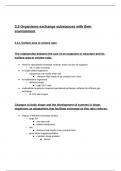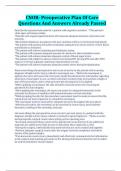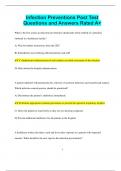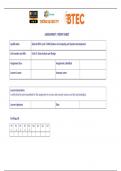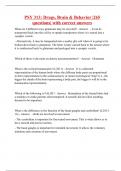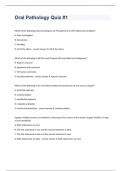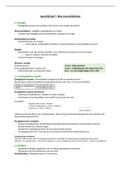Summary
Summary Topic 3- organisms exchange substances with their environments
- Institution
- AQA
The internal environment of a cell or organism is different from its external environment. The exchange of substances between the internal and external environments takes place at exchange surfaces. To truly enter or leave an organism, most substances must cross cell plasma membranes. In large ...
[Show more]
